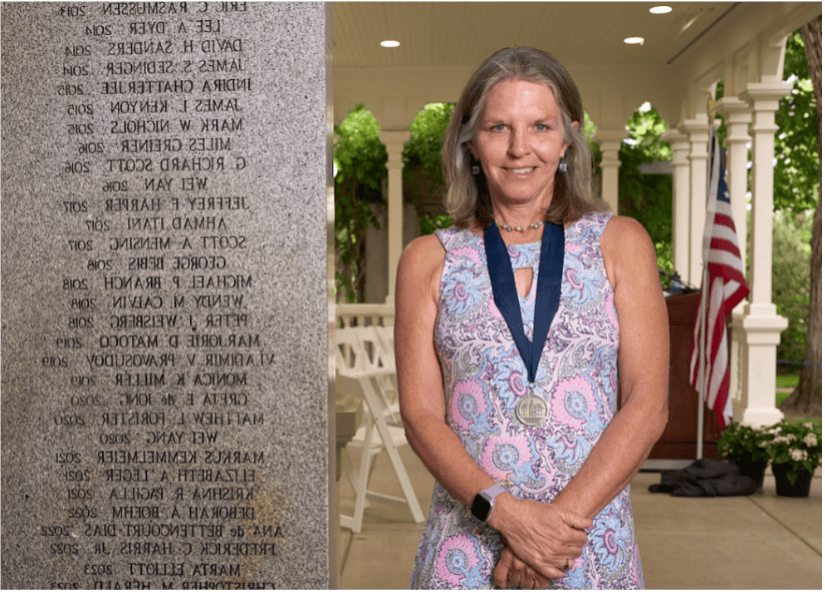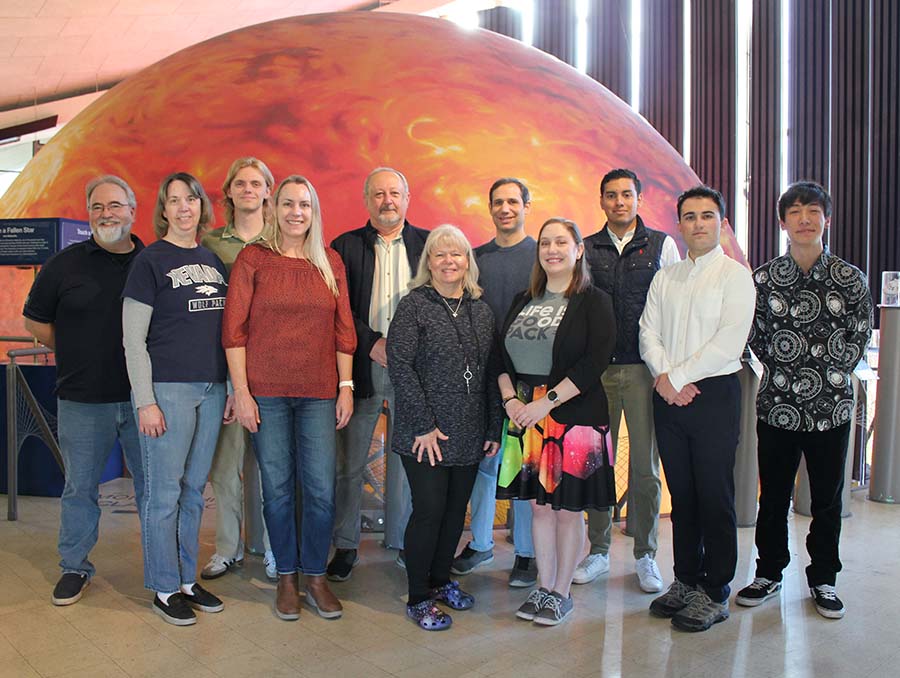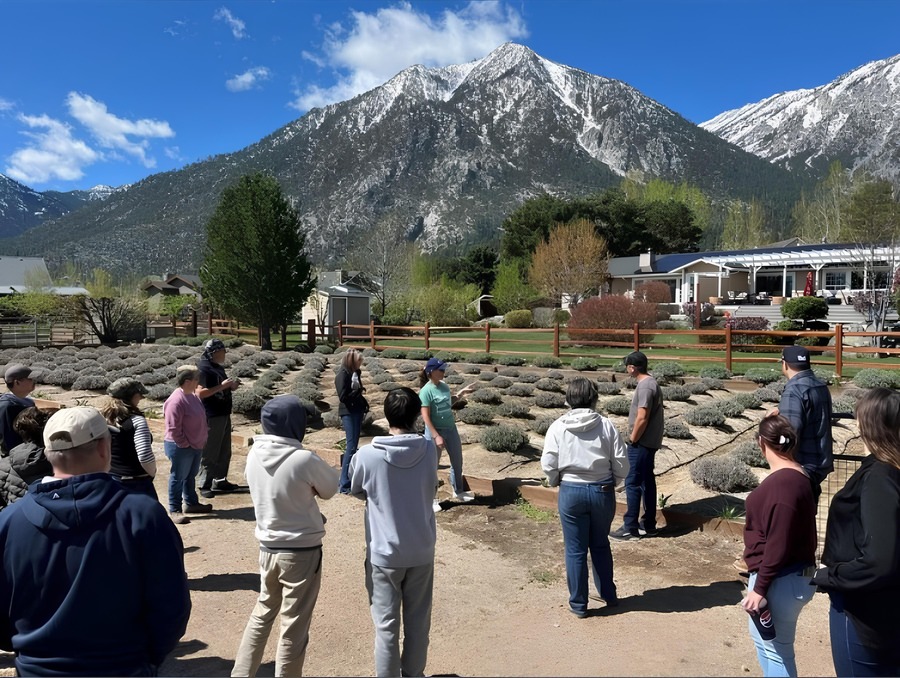The University of Nevada, Reno's 2012 International Genetically Engineered Machine (iGEM) team is exploring new ways to use rice to bring nutrients to the malnourished.
Rice is a staple crop for about half the world's population. Most of those who rely on rice prefer the taste of white rice, which is the processed rice with the husks and bran layer removed. The problem is the bran layer is where most of the nutrition is stored. To compensate for this loss of nutrients, companies spray vitamins and nutrients back onto the rice after processing. Problem solved, right?
Wrong. Many cultures wash their rice before cooking to remove impurities, chemical agents and extra starch. This washing also eliminates the sprayed-on nutrients, contributing to a loss in nutrition value.
So how else can half the world get nutrients from rice? Team Nevada hopes their project presents an answer. The students will present their findings at the regional iGEM competition, Oct. 12-14, at Stanford University, Palo Alto, Calif.
"The classic example of enriched rice is golden rice, where rice plants are genetically engineered with genes that lead to the accumulation of beta-carotene or pro-vitamin A in the rice grains." Christie Howard, one of the faculty advisors for the team, said.
However, she explained, several countries don't accept the transgenic species, and many still prefer the taste of the white rice to the golden rice anyway.
"The iGEM team is taking an alternative approach by producing adhesion proteins that can bind nutrients to white rice without genetically modifying the grain."
The team's goal is to produce an adhesion protein that is added to the rice during processing and keeps the nutrients attached through washing. Team Nevada focused on four proteins: three found to be lacking from peoples' diets and one for the iGEM competition's proof-of concept. For the proof of concept, one group added a starch binding domain to red-florescent protein, which turned the white rice pink. The pink hue provides a visual indicator that the protein successfully adhered to the starch. This demonstration allowed the team to move forward and add the starch binding domain to a number of other proteins, including B12 binding protein, thiamine binding protein and a lysine-rich protein.
"The binding protein will have one side that connects to the starch in the rice, and the other side will connect to the vitamins," said Jasmine Jiang, a student team member who focused on the red-florescent protein and other proteins. "In theory, the adhesive protein could bind to potatoes and other starches, also. We're just focusing on rice because of its popularity."
"In general, white polished rice is known to be deficient in thiamine and lysine," Howard said. "But lots of people, especially vegetarians, are also deficient in B12. We can customize the rice for vegetarians and those with limited access to nutrient-rich foods by adding the missing components to rice."
Student team member Chris Clifford is researching the thiamine adhesion protein and listed a number of diseases caused by thiamine deficiency.
"Because the deficiency is such a big problem, we already have several professors helping with this project, and they hope to continue researching this protein once we're done," he said.
Team Nevada also sees an opportunity for researching further applications for the bonding proteins.
"If this works, it may be possible to bind edible vaccines to rice for easier administration," said team member Joseph Alexander. "Maybe that will be the focus of next year's project."
The iGEM Competition is run by Massachusetts Institute of Technology and is a forum for undergraduates to compete against other colleges and universities to design and engineer new molecules that carry out unique functions which could eventually have further applications. The students begin their projects in April and work until the regional competition in October. If the iGEM team fairs well at the Stanford regional competition, they advance to the international competition at MIT in Cambridge, Massachusetts in November.
View the team's 2012 presentation to learn more.











